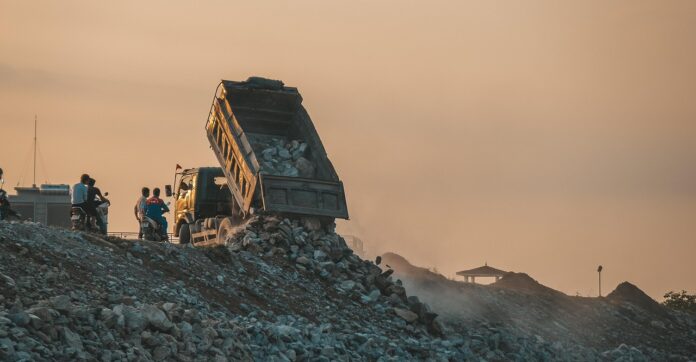A look inside a Waste-to-Energy Plant: components and technologies

Waste-to-Energy (WtE) has become a cornerstone in the sustainable management of municipal solid waste. Complementary to waste prevention and recycling, WtE currently represents the most sustainable solution to treat non-recyclable waste, diverting waste from landfills, contributing to the circular economy, and producing reliable and local energy. On top of the important hygienisation role for the community and the reduction of the volume of waste, the sector is still full of new opportunities. Among others, WtE harnesses the recovered energy for hydrogen and fuel production, supplies valuable heat to district heating networks, recovers materials, and acts as a carbon sink.
This article takes a closer look at the key components of a Waste-to-Energy plant, highlighting the intricate technologies that work in tandem to transform waste into energy.

Waste reception and handling: The process begins with the reception and handling of municipal solid waste. Advanced WtE plants incorporate automated systems for waste reception, ensuring efficient and controlled intake. This phase ensures that only suitable waste materials enter the combustion chamber, optimising the energy recovery process.
Combustion chamber and grates: The heart of a WtE plant is the combustion chamber, where the actual incineration of waste takes place. Grates, such as moving grate or fluidised beds, are crucial components within the combustion chamber. These grates not only provide a stable platform for waste incineration but also facilitate the movement of waste through the combustion process. Grates are designed to optimise combustion efficiency while preventing the formation of harmful by-products.
Boiler and steam generation: The heat generated during waste combustion is harnessed through a boiler system. The boiler converts the thermal energy from the combustion process into high-pressure steam. This steam is then used to drive turbines connected to generators, ultimately producing electricity. The efficiency of the boiler system is critical for maximising energy recovery and electricity generation from the WtE process.
Flue gas treatment systems: The combustion of waste produces flue gases that contain pollutants and particulate matter. Flue gas treatment systems are deployed to ensure that these emissions are minimised before being released into the atmosphere. Components such as electrostatic precipitators, bag filters, and scrubbers are integrated into the plant to capture particulates, neutralise acid gases, and remove pollutants, ensuring compliance with the most stringent EU environmental regulations.
Air pollution control systems: To further enhance environmental performance, WtE plants employ air pollution control systems. These systems target specific pollutants, including nitrogen oxides (NOx) and sulfur dioxide (SO2). Technologies such as selective catalytic reduction (SCR) and wet scrubbers play a vital role in reducing the impact of these pollutants on air quality.
Heat recovery systems: Beyond electricity generation, Waste-to-Energy plants often incorporate heat recovery systems to maximise energy utilisation. These systems capture excess heat from the combustion and the rest of the processes and repurpose it for district heating, providing additional energy benefits to the surrounding community. Combined Heat and Power or otherwise known as cogeneration systems exemplify the synergy between waste incineration and sustainable district heating.
Residue handling and material recovery: Following combustion, the remaining ash and non-combustible materials undergo further processing. Advanced residue handling systems extract ferrous and non-ferrous metals and minerals for recycling, ensuring that valuable materials are recovered from the waste stream. What is more, with new technologies, flue gas cleaning residues can also become a source of circular raw materials. The remaining ash is often processed for safe disposal or beneficial use, closing the loop on waste management.
Waste-to-Energy plants are intricate facilities that harmonise various components and technologies to transform municipal solid waste into a valuable energy resource. From the initial waste reception to the combustion chamber, boiler systems, and sophisticated flue gas treatment, each component plays a vital role in maximising material and energy recovery while minimising the environmental and climate impact. As these technologies continue to evolve, state-of-the-art European Waste-to-Energy plants exemplify the potential for sustainable waste management practices that align with the principles of circular economy and clean energy generation.
For more information on the potential of Waste-to-Energy technologies, as well as for details on CCUS and Power-to-X technologies, take a look at our report on the Integrated Resource-Recovery Facility, the evolution of the standard WtE plant.


